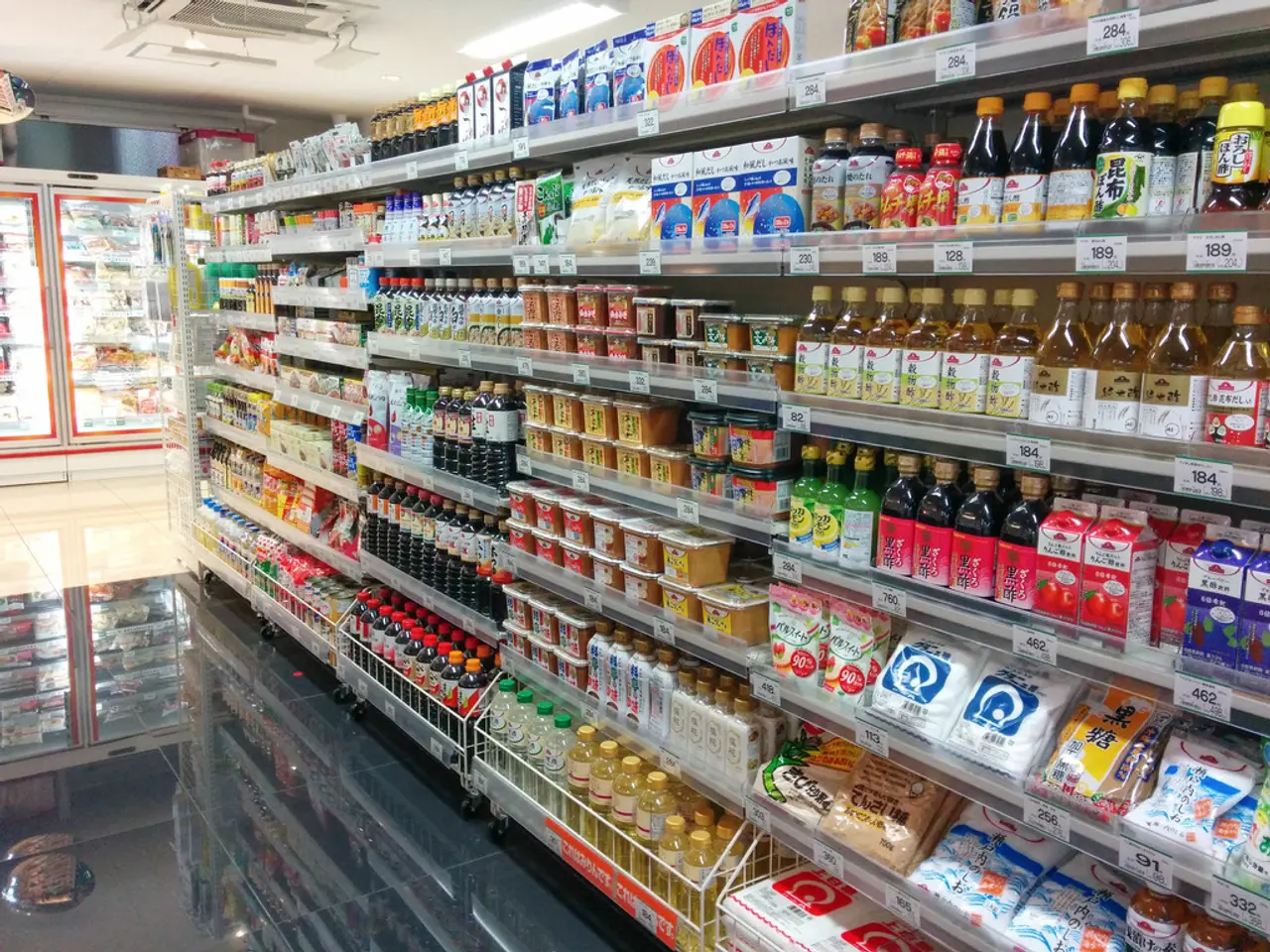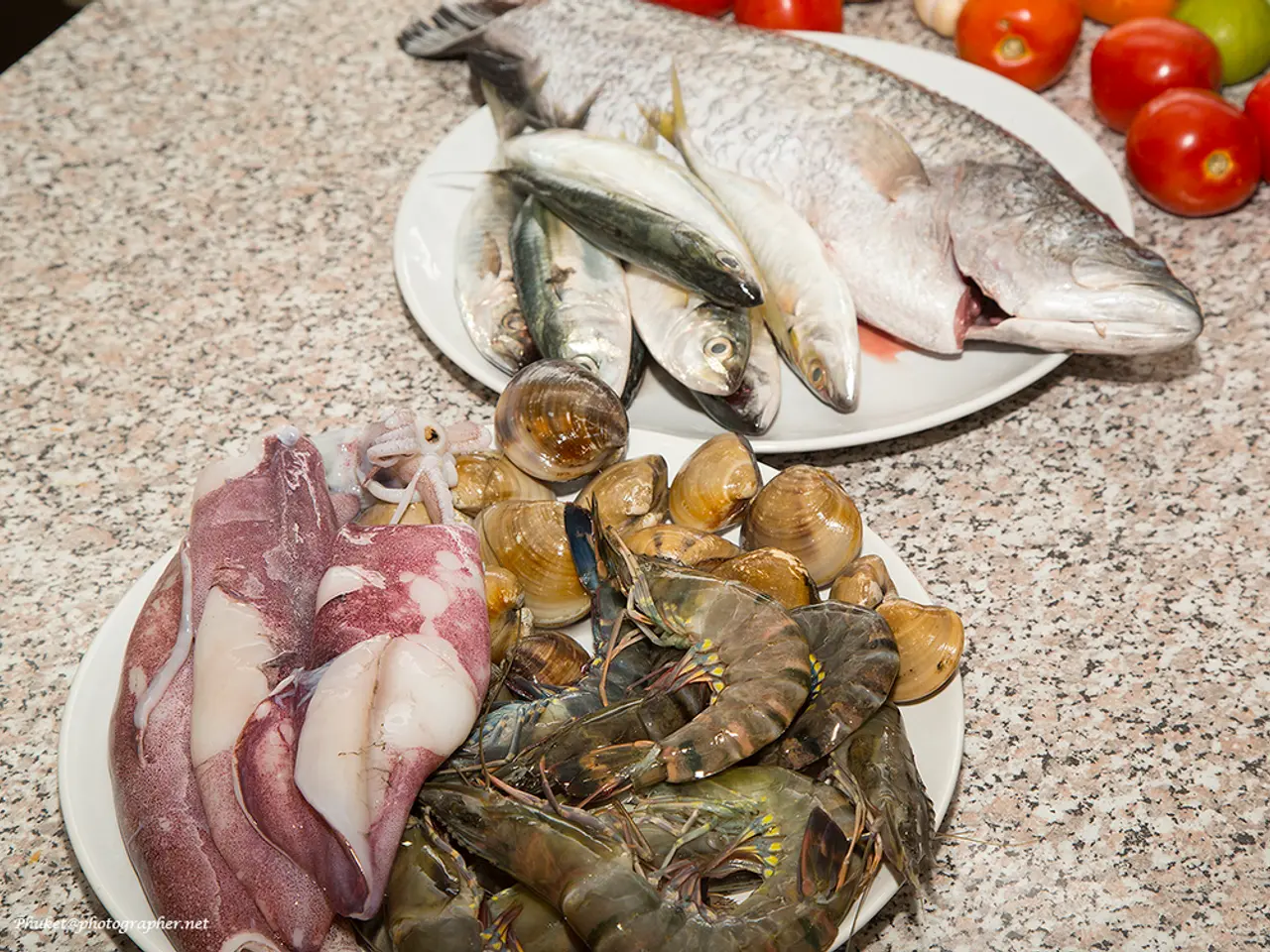Fall in Retail Inflation Offers a Momentary Relief
In June 2025, India's Consumer Price Index-based (CPI) retail inflation decreased to a six-year low of 2.10%, marking the eighth consecutive month of decline. The most significant contributor to this drop was a pronounced decline in food prices, which entered deflation territory for the first time since early 2019, with a year-on-year deflation of 1.06%.
The food price drop was nationwide, with rural food inflation at -0.92% and urban at -1.22%. This broad-based deflation in essential food items exerted strong downward pressure on the overall CPI, pushing headline rural inflation to 1.72% and urban to 2.56%.
Vegetables, particularly tomatoes and onions, saw a sharp decline, with prices falling by 19% and 26.6% respectively. Pulses, especially tur, also experienced a significant 25.1% annual deflation. The easing retail inflation and deflationary trend in whole prices and food prices could help the Central bank to lower the repo rate.
While not as dramatic as food, inflation in the fuel and light category also moderated, easing to 2.55% from 2.78% in May. However, inflation in housing (3.24%), education (4.37%), health (4.43%), and transport and communication (3.9%) remained relatively sticky or even edged up, highlighting sectoral differences.
The unexpected sharp fall in inflation in June 2025 strengthens the case for maintaining, or even deepening, the Reserve Bank of India's (RBI) accommodative monetary stance. Economists suggest a possible 25 basis point rate cut in the August 2025 monetary policy review. The RBI had already shifted from a neutral to a more accommodative monetary stance in April 2025, reducing the repo rate by 25 basis points to 6.00%.
The latest data could prompt further downward revisions in the RBI's inflation forecast for 2025–26, reducing the pressure for future rate hikes and potentially allowing for more sustained support for economic activity. With headline and core inflation easing, the RBI is likely to prioritize growth, especially in light of global uncertainties and revised (downward) GDP growth estimates.
In summary, the drastic fall in India's retail inflation in June 2025 was primarily due to an unprecedented drop in food prices, especially vegetables and pulses. This has significantly altered the inflation outlook, making further monetary easing—including potential rate cuts—more probable as the RBI shifts its focus toward supporting economic growth amid easing price pressures.
| Factor | Trend (June 2025) | Monetary Policy Implication | |----------------------------|-------------------------|--------------------------------------------------------| | Food Prices | Sharp deflation | Reinforces case for rate cuts; dovish outlook | | Vegetables, Pulses | Severe price drops | Eases inflation expectations; supports growth focus | | Fuel and Light | Moderate easing | Reduces cost-push pressures | | Housing, Education, Health | Persistent/sticky prices | May warrant caution but unlikely to reverse easing | | RBI Forecast/Stance | Downward revision/accommodative | Likely to maintain or extend rate cut cycle |
The unexpected drop in food prices, including vegetables and pulses, has significantly contributed to the easing of India's retail inflation, opening up the possibility for further monetary easing, such as potential rate cuts, as the Reserve Bank of India (RBI) shifts its focus toward supporting economic growth amid easing price pressures. This shift, influenced by the deflation in food prices, could potentially lead to a more sustained support for business activities, particularly in the agriculture sector.




